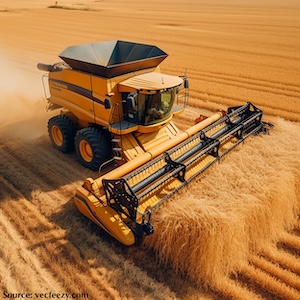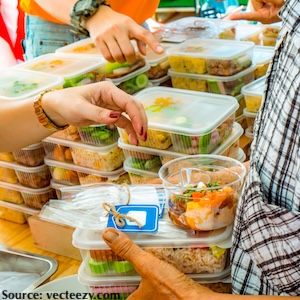Original Articles
22 June 2012
Vol. 42 No. 4 (2011)
IMPROVING PER-PIXEL CLASSIFICATION OF CROP-SHELTER COVERAGE BY TEXTURE ANALYSES OF HIGH-RESOLUTION SATELLITE PANCHROMATIC IMAGES
Publisher's note
All claims expressed in this article are solely those of the authors and do not necessarily represent those of their affiliated organizations, or those of the publisher, the editors and the reviewers. Any product that may be evaluated in this article or claim that may be made by its manufacturer is not guaranteed or endorsed by the publisher.
All claims expressed in this article are solely those of the authors and do not necessarily represent those of their affiliated organizations, or those of the publisher, the editors and the reviewers. Any product that may be evaluated in this article or claim that may be made by its manufacturer is not guaranteed or endorsed by the publisher.
1396
Views
827
Downloads














